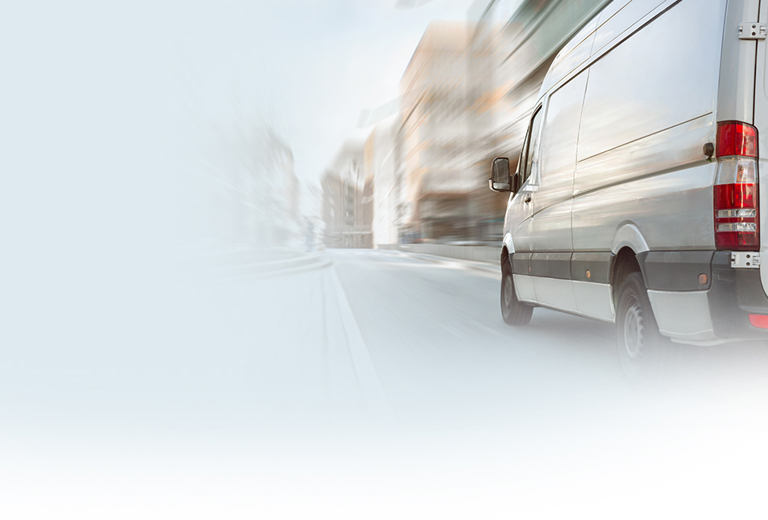Sampling/Shipping Guidelines
Before sending samples to the laboratory it is helpful to contact our Service Manager so that your laboratory´s details can be set in the system. This will ensure that results are sent to the correct site in the format you require. Most aspects of our service can be personalised to meet your requirements and by contacting us before sending samples, special arrangements can be made to ensure your introduction to the service is organized and efficient.
Mailing Material
Sampling and mailing material is available free of charge on request from Bioscientia or one of our local agents.
Sampling:
Blood, plasma, serum
- Take fasting blood samples if possible.
- Avoid venous stasis. Dispatch at the earliest opportunity.
- For plasma or serum samples take double the amount of blood.
- Please follow the sampling and shipping directions given in the test list.
Drug interference
Take into account both the possibility of a pharmacological effect of medication on the analytical result as well as a direct interference in the assay.
Shipment of frozen samples
To ship frozen samples use a Bioscientia polystyrene box with solid dry ice (C02).
Telephone or fax Bioscientia if you have any problems:
Phone: +49 6132 781-240
Telefax: +49 6132 781-236
Serum sampling
A single use canula is recommended:
Gel formation in the sample can be avoided if Plexiglas or polyethylene collection tubes are used.
Collection:
Allow blood to clot for 30 minutes (max. 1 hour) at room temperature.
Centrifuge:
(If a centrifuge is not available, draw off serum with a wide gauge needle) Transfer serum to a Bioscientia mailing tube.
Plasma
- The collection tube or syringe must be coated with the appropriate anticoagulant.
- The following list of containers which are available from Bioscientia can be used as collection tubes or syringes can be appropriately coated:
Heparin tubes (100 U/mL blood)
Alternatively: draw up 1,000 IU heparin (e.g. 0.1 ml Lithium 5000) before taking 10 ml blood sample.
EDTA tubes (1 mg/mL blood)
Alternatively: use EDTA tubes commercially supplied for haematological samples.
Citrate tubes (5 mg/mL blood)
Alternatively: use 1 ml of 3.8 % Na Citrate solution (used for coagulation studies) for a 9 ml blood sample. The analytical result should then be divided by a factor of 0.9.
Collecting tubes (or syringes) should be filled with the appropriate amount of blood and then gently but thoroughly mixed (do not shake). Centrifuge immediately. Transfer plasma to a Bioscientia mailing tube.
Whole blood
Whole blood is not usually suitable for mailing. The results of many analyses can be drastically altered by haemolysis. Even though you have previously mailed whole blood samples, follow the sampling directions given in the Test List and use the stabilisers indicated; only then can the sample stability be assured.
If the Test List indicates a whole blood sample is required then use the stabilising reagent in the quantity indicated. Draw blood using the anticoagulant indicated. Transfer to Bioscientia mailing tube.
Urine
Check in the Test List if a single sample or 24h sample collection is required.
Give the patient a clean sampling container for a 24h collection.
Instruct the patient as follows:
- Keep the urine cool during 24 hour collection, i.e. store in the refrigerator, do not keep at room temperature.
- Drink normally, but not excessively. No alcohol.
- Empty bladder in the morning on waking and discard this urine (except for bacteriology).
- Note time.
Collection Instructions:
- Collect all urine from that time. Keep urine cool and protected from light.
- The last urine collection takes place on the next morning at the same time.
- Measure volume of 24h sample and note on the request form.If the Test List indicates a particular sample pH is required: take approx. 100 ml of the collected urine and adjust to appropriate pH using indicator paper and the required acid (conc. or 1 N hydrochloric acid). Mix well.
- Transfer required amount (30 ml) to a Bioscientia urine tube.
- Ship specimens as soon as possible.
Faeces
Weigh empty collection container or insert a plastic bag.
Avoid mixture of urine or blood during collection.
Most analyses require a 24h collection.
Weigh full collection container.
Note the net weight of sample on the request form.
Mix well and send approx. a 10 g portion in a 30 ml container.
Faeces, Urine
The best results from a 24h collection can only be obtained if the patient receives clear and concise instructions.
Many of the analyses require only an aliquot (portion) (e.g. 30 ml urine, 10 g faeces) of the total 24h collection.
Do not forget to record the appropriate 24h volume or weight on the request form. Observe the sampling and shipping instructions given in the Test List.
Frozen samples
Obtain appropriate plasma or serum sample. (For renin analyses: chill tube containing sample in an ice bath and maintain cold until refrigerated centrifugation).
Transfer serum plasma to a Bioscientia mailing tube and freeze immediately in either a Bioscientia polystyrene box with 6 kg dry ice or temporarily in a freezer.
Retained specimens and repeat analyses
All samples are kept at Bioscientia for two weeks from receipt. Other analyses can be added within this period of time. Please quote request code and date when contacting us.

